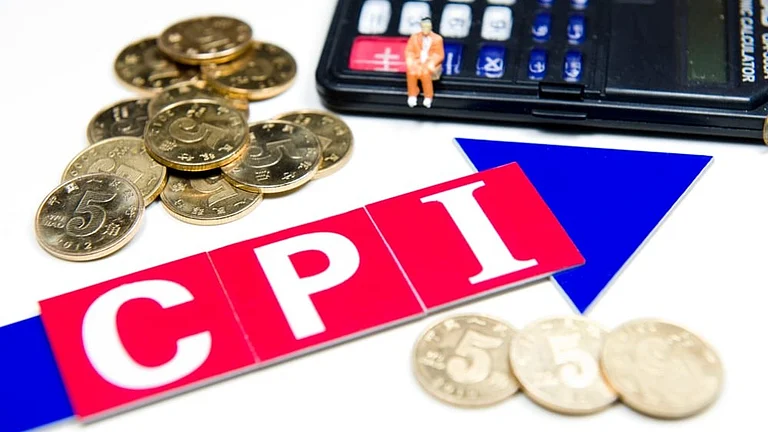
WPI inflation fell to -0.58% in July, marking the second straight month of deflation
Food prices dropped sharply, with vegetables and fruits leading the decline
Fuel and power index rose due to higher mineral oil prices; coal and electricity softened
India’s wholesale price index (WPI) inflation eased to 25-month low of -0.58% in July, marking the second consecutive month of deflation, according to the commerce ministry data released on Thursday. This decline was largely driven by lower prices of primary products, particularly food items.
The food prices in July fell 2.15% compared with a 0.26% dip in June. Vegetable prices plunged 28.96%, exceeding that 22.65% fall in the previous month. In addition, fruit prices also slid 2.65% after rising 1.59% in June. Prices of pulses, cereals, milk, and animal protein products also eased.
The index for fuel and power category rose 1.12%, from 143.0 in June 2025 (provisional) to 144.6 in July 2025. Within this group, mineral oil prices climbed 1.98% month-on-month, while coal and electricity prices fell by 0.44% and 0.36%, respectively.
The manufacturing category, meanwhile, reported 2.05% rise in July. The growth was driven by faster price gains in apparel (2.5%), leather (2.57%), non-metallic mineral products (2.7%), and cement & plaster (3.4%).
While price growth for manufactured animal oils and fats slowed down, it remained elevated at 22.04% year-on-year. Other categories such as food products (6.7%), paper (0.94%), chemicals (0.22%), and pharmaceuticals (0.9%) also saw slower price increases during the month.
Going forward, this moderation in prices of food articles and favourable progress in the southwest monsoon will bolster agricultural activity boosting economic growth, said Hemant Jain, President, PHDCCI.
On the other hand, India Ratings and Research (Ind-Ra) said that a sustained decline in food prices act as a downside risk of lowering the incomes of households which are dependent on the farming activity.
The agency further stated that a closer look at the retail and wholesale price trends in various items portrays an emerging risk of a similar dimension. “The retail inflation of various items such as cereals and fruits is much higher than their wholesale trends”.
“Similar has been the case in items such as spices and pulses which have witnessed a decline in their levels both at the retail and wholesale level, but the decline is sharper in the latter than the former. Such trend can put pressure on farm incomes which can lead to derailment of the recovery in rural demand that we have been witnessing for some quarters, it added.
Overall, the agency believes that the benign inflationary trend is quite favourable especially for a sustainable improvement in consumption demand. However, future course of monetary policy would be dependent on how the inflationary trajectory pans out in the next few months.


































